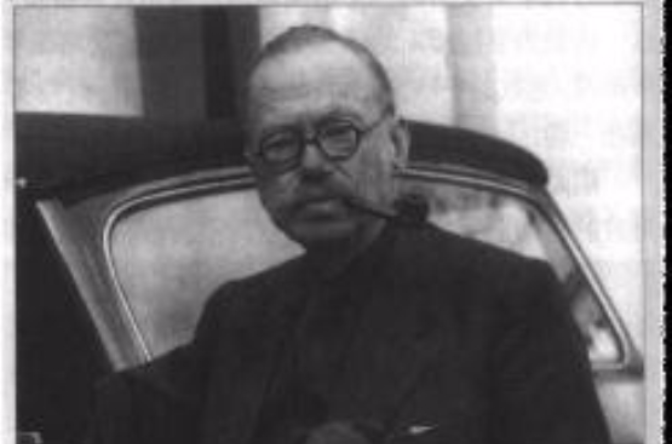介紹
澳裔英籍考古學家。生於澳大利亞悉尼市,畢業於悉尼大學和牛津大學。曾任倫敦大學考古學院院長、愛丁堡大學教授和不列顛學院院士。擔任過英中友好協會副主席。早年領導蘇格蘭和北愛爾蘭的考古發掘。後致力於歐洲和西亞的考古學研究,在史前學領域成就卓著。他受馬克思主義唯物史觀影響,重視研究原始社會經濟形態,首先把西亞和歐洲考古結合起來進行研究,預見到重視環境給予人類影響的系統考古學研究必將出現。還先後提出“新石器革命”(食物生產的革命)和“城市革命”概念,為日後農耕、家畜飼養和文明起源問題的研究奠定理論基礎。被公認為20世紀前期最有成就的史前考古學家。
相關信息
vere gordon childe, the most celebrated archaeological synthesizer and theorist of his generation, was born in North Sydney, Australia, 14 April 1892. He graduated from Sydney University in 1913 with first-class honors in Latin, Greek, and philosophy. At Oxford University in England, his interest in European prehistory was aroused by a desire to locate the homeland of the Indo-Europeans. He returned to Australia in 1916 and became involved in anticonscription and Labour politics, serving from 1919 to 1921 as private secretary to John Storey, the Labour premier of New South Wales.
After the defeat of the Labour government of New South Wales in 1921, Childe returned to the study of European prehistory, paying special attention to the Balkans. In 1925, he published The Dawn of European Civilization, a milestone in the development of culture-historical archaeology. Childe combined the concept of “the archaeological culture,” refined by the German archaeologist gustaf kossinna to try to trace the histories of specific peoples in the archaeological record, with the diffusionism of the Swedish archaeologist oscar montelius. Montelius believed that in prehistoric times technological skills had spread to Europe from their place of origin in the Middle East. Like his Oxford mentors, arthur evans and john myres, Childe stressed the creativity with which Europeans had utilized this knowledge.
Childe was the Abercromby Professor of Prehistoric Archaeology at the University of Edinburgh from 1927 to 1946 and professor of European archaeology and director of the Institute of Archaeology at the University of London from 1946 until he retired in 1956. Throughout these years he carried out numerous archaeological excavations and surveys in Scotland and also visited many excavations in Europe and the Middle East.
Although Childe was primarily a European prehistorian, for the rest of his life he sought a better understanding of cultural change. Beginning with The Most Ancient East (1928), he sought to delineate the revolutionary impacts that the development of agriculture and bronze working had on various parts of the Middle East and Europe. Instead of treating technological innovation as an independent variable that brought about cultural change, he sought to trace the reciprocal relations between it and specific environments, economies, and political systems. He saw changes occurring in a multilinear, not a unilinear, fashion.
In 1935, Childe visited the Soviet Union. Although he disapproved of the dogmatism imposed on Soviet archaeologists, he was impressed by the attention being paid to how ordinary people lived in prehistoric times and by Marxist interpretations of cultural evolution. In Man Makes Himself (1936) and What Happened in History (1942), Childe examined, from an evolutionary perspective, how elites and inflexible belief systems could halt economic and social progress but only at the cost of undermining a society’s ability to compete with more progressive neighbors.
After World War II, disillusionment with the declining quality of Soviet archaeology led Childe to acquire a more profound understanding of Marxism as an analytical tool and to try to apply it to the interpretation of archaeological data. He attempted to reconcile the observation that all human behavior is culturally mediated with a materialist view of causality. In Prehistory of European Society (1958), he stressed that social and political organization provided the framework within which all archaeological data could most productively be understood.
Troubled by failing health and fearing that incipient senility was preventing him from devising new procedures for inferring social organization from archaeological data, Childe, jumped to his death from a cliff in the Blue Mountains of Australia on 19 October 1957.

